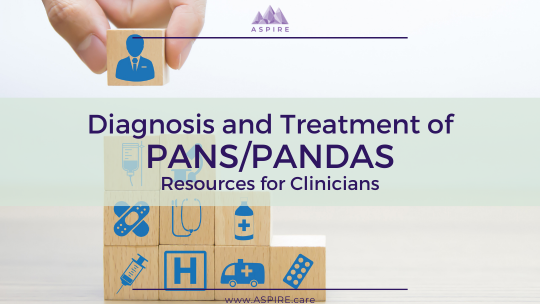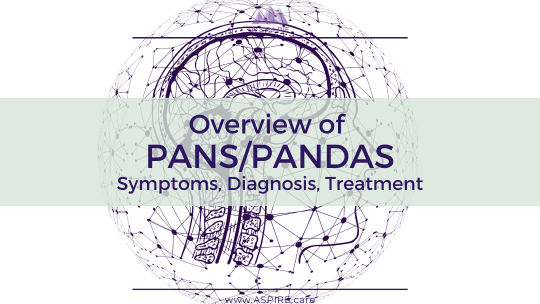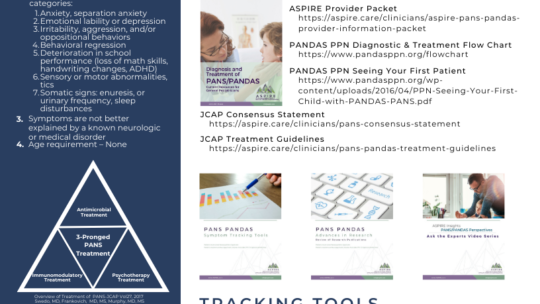Immune Dysfunction in Obsessive-Compulsive Disorder: From Risk Factors to Multisystem Involvement
Maia A., Barahona-Corrêa B., Oliveira-Maia A.J., Oliveira J. (2021) Immune Dysfunction in Obsessive-Compulsive Disorder: From Risk Factors to Multisystem Involvement. In: Berk M., Leboyer M., Sommer I.E. (eds) Immuno-Psychiatry. Springer, Cham. DOI: 10.1007/978-3-030-71229-7_17
“Immune dysfunction has been proposed as an important component of the pathophysiology of obsessive-compulsive disorder (OCD), motivating innovative research hypotheses with potential clinical interest. In this chapter, we will review published evidence supporting a model for immune dysfunction in OCD as multifactorial, constitutive, and environmental, contributing to illness development, clinical presentation, and multisystem impact. The fact that OCD patients present comorbidity with several systemic illnesses, including auto-immune disorders, and that the majority of recognized risk factors, such as perinatal complications, traumatic life events or childhood infections, induce inflammation, motivated the development of studies trying to achieve a deeper comprehension regarding the association between inflammation and OCD.”








